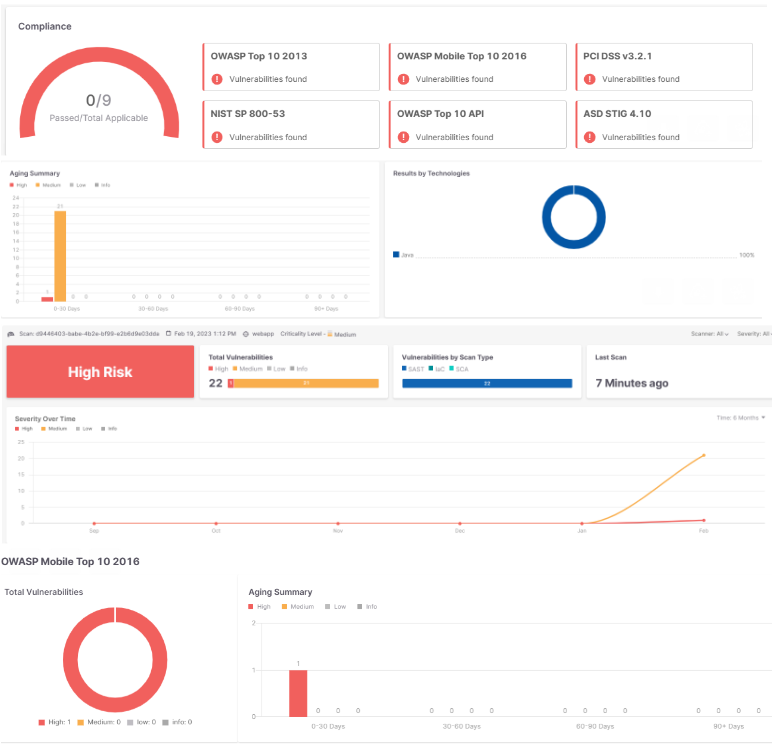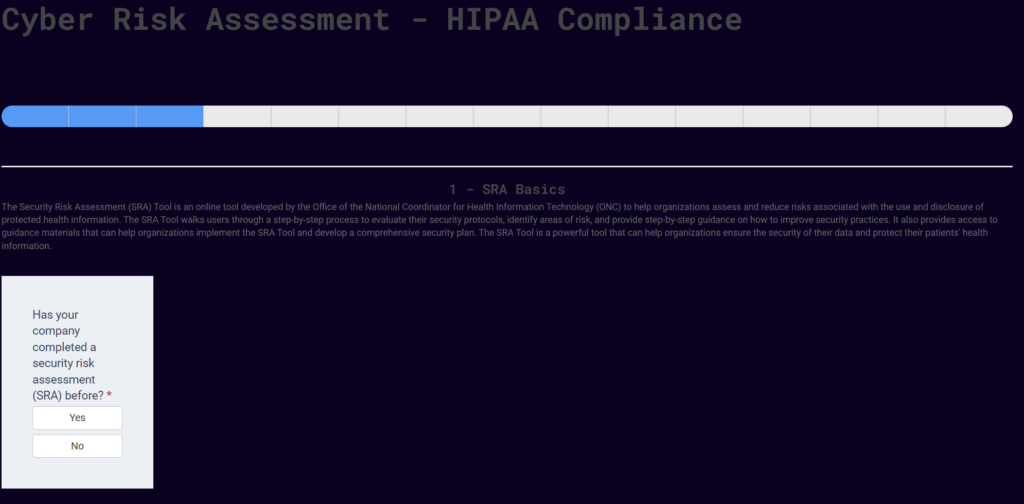Implementing Secure SDLC: Best Coding Practices for a Secure Software Development Life Cycle (SSDLC)

WarGames by John Badham(1983)
Introduction to SSDLC
With the increasing quantity of cyberattacks and information violations, software application protection has actually become an essential facet of the software development process. In the last few years, there has actually been an expanding focus on Secure Software Development, with programmers looking to integrate security into every phase of the Software Development Life Cycle (SDLC). This focus has actually brought to life the Secure SDLC procedure, or SSDLC, which looks to attend to potential security vulnerabilities as well as issues in the software development process.
Secure SDLC is a procedure that highlights application security as well as looks to incorporate security requirements, factors to consider, and screening into every phase of the SDLC. Secure SDLC intends to lower security risks, stop potential security issues, and decrease the exploitation of security vulnerabilities. Its execution includes best practices and standards that help the development team create safe code and automate security testing.
This article gives a summary of the Secure SDLC procedure and the significance of secure coding methods to ensure secure software development. We will certainly be reviewing the various stages of the SDLC and how to integrate security into each phase. Furthermore, we will certainly likewise highlight the advantages of applying a Secure SDLC procedure and the future of Secure SDLC in attending to contemporary cyber risks.
Table of Contents
Understanding the Software Development Lifecycle (SDLC)
The Software Development Life Cycle (SDLC) is the procedure by which software programs are developed, established, evaluated, and released. It is a thorough procedure that includes various stages, each of which adds to the general software development process. The stages of SDLC are:

WarGames by John Badham(1983)
Requirements Gathering and Analysis
This is the phase where the development team recognizes and specifies the demands of the software program to be created. This phase helps lay the structure of the software program and offers the designers the support they require.
Design
This phase includes engineers coupled with developers that interact to come up with a plan for the software application task. The design phase takes into consideration various elements such as software program style, interface layout, and information modeling.
Implementation
The development team begins coding the software application in this phase. This phase of the SDLC consists of various coding methods, such as secure coding methods, as well as best practices that assist in reducing susceptibilities as well as security risks.
Testing
Once the development team is done, coding screening is done to recognize any susceptibilities and security issues presented throughout the advancement phase. The screening phase additionally consists of automated security testing to guarantee that any type of potential security vulnerability is captured.
Deployment
In this phase, the software application is released right into the manufacturing setting. All the essential software program parts are set up, and the software application is set up to satisfy its desired function.
Maintenance
This is the last phase of the SDLC. It consists of maintaining the software program, dealing with any kind of security vulnerability or insect that develops, and also making sure the software application is running efficiently.
Integrating security into every phase of the SDLC is necessary as it assists in preventing potential security risks as well as susceptibilities. Secure SDLC intends to emphasize application security and the relevance of taking safety and security into consideration early in the software development process. Including safety and security right into each phase of the software development process helps to make sure that security issues are determined very early and also dealt with at the appropriate phase of the SDLC.
Secure SDLC looks to set particular standards for the development team on how they can attend to security concerns within each phase of the SDLC. These standards consist of best practices for secure coding, automated security testing, and various other security considerations. Throughout the needs assessment and evaluation phases, it is essential to specify security requirements for the software program. This helps make certain that the development team takes safety and security into consideration throughout the advancement phase.
Integrating safety and security throughout the SDLC procedure is essential given that security vulnerabilities can result in the loss or burglary of delicate information, system accidents, and damage to a company's credibility. By having a secure SDLC in place, companies can cultivate general safety and security awareness and alleviate threats early in the software development process.
Secure Coding Practices for Software Development
Including security activities at every stage of the SDLC is an essential part of structuring safe and secure software applications that can shield against progressively innovative security threats.
Focusing on Security at Every Stage of the SDLC
Developing secure software depends on focusing on security at every stage of the SDLC. To create a secure application, programmers should determine and deal with security issues earlier in the development cycle. Best practices for developing secure software consist of integrating safety right into the coding practices as well as techniques, constructing safety right into each phase of the SDLC as well as the application development process, and also making use of security tools and practices throughout the SDLC.
Implementing a Secure SDLC
Carrying out a secure SDLC involves incorporating safety and security into the development process. Every stage of the SDLC must consist of security activities, particularly the planning phase, requirements phase, design phase, development phase, screening phase, deployment phase, and maintenance phase. To supply secure products, it's necessary to incorporate safety right into the SDLC process.
Secure Coding Practices
Secure coding practices aim to develop software applications that are durable against numerous kinds of attacks. The execution of secure coding guidelines is vital to developing secure software. Secure coding standards, such as the application of coding best practices, and automated security testing, such as making use of automated tools, need to be developed right into the SDLC methodology to guarantee that safety and security are given due significance.
Security Team Involvement
Entailing a security team in the SDLC process is crucial to making certain that programmers and various other employees comprehend security requirements, which are incorporated early in the development process. The security team is accountable for determining security risks in the application, executing security checks, and guaranteeing that security policies are being followed throughout the SDLC process.
Cloud-Native Security
Cloud-native security describes the assimilation of security in the software development phase to guarantee that cloud-based software programs do not endanger safety and security. Cloud-native safety and security entails making use of application security testing devices as well as carrying out the essential protection procedures within the cloud growth atmosphere, such as firewall programs, surveillance, and accessibility controls.
Automated Security Testing
Automated security testing is important for assisting in determining security vulnerabilities in code and decreasing the threat of security threats. Automated tools can identify susceptibilities early in the development process by supplying protection comments and enabling the development team to take proper action to resolve problems. Automating security testing makes certain that security checks are done at every stage of the SDLC.
Ensuring a Secure SDLC
Ensuring a secure SDLC involves incorporating safety right into the software development process. Including security practices and tools at every stage of the SDLC makes certain that software programs are highly secure as well as durable against assaults. It's vital to include security best practices in the development phase and to keep security in mind when preparing for the application development process.
Manual Security Testing
Manual security testing is an additional critical element of the SDLC process. Hands-on screening aids to ensure that the software is examined versus well-known security threats and susceptibilities coupled with threats Hands-on screening helps determine security issues that automated security testing might not have the ability to discover.
Benefits of having a Secure SDLC
Integrating a Secure Software Development Life Cycle (SDLC) procedure right into the software application development cycle makes sure the growth of a secure application that is shielded against security vulnerabilities and dangers. Below are some advantages of carrying out a Secure SDLC process within software application advancement:
Boosted Software Security
Security threats prevail, coupled with the variety of businesses coming down with information violations and security vulnerabilities. By incorporating security practices and treatments at every stage of the SDLC process, you can protect against security risks and susceptibilities from affecting your software. Concentrating on security at every stage of the SDLC process makes sure that highly secure products are provided, decreasing the danger of being a prospective target for cyber threats.
Enhanced Continuous Software Delivery
The SDLC process should be maximized for constant distribution, offering trustworthy as well as prompt software application updates to stay up-to-date with developing market needs. A Secure SDLC involves the assimilation of safety and security procedures plus the fostering of security best practices, making certain that these updates are safe and secure, regular, and do not present brand-new security threats.
Boosted Software Performance as well as Quality
By including security activities and checks within the SDLC, companies can recognize security vulnerabilities and address code issues earlier in the development cycle. The early recognition of security risks assists companies in supplying top-quality software that fulfills efficiency as well as top-quality demands, enhancing the individual experience and boosting client contentment.
Decreased Software Development Costs
Resolving security risks at an early stage, in contrast to later on in the development cycle, can help reduce software program advancement expenses. This is since recognizing and also repairing security issues late in the SDLC process can be lengthy and expensive, which can intensify the expense of software application growth.
Finally, secure software development methods are essential to constructing protection into every phase of the software development life cycle. The Secure SDLC process includes incorporating security into your SDLC, which guarantees your applications are highly secure, reputable, and resistant to security vulnerabilities. The advantages of having a Secure SDLC process consist of boosted software security, constant software application distribution, boosted software application efficiency, high quality, and minimized software program advancement expenses. With the appropriate protection methods, devices, and training, companies can make certain that their software is protected, boosting protection methods as well as reducing cyber risks. Every service must think about applying a Secure SDLC process to remain ahead of hazards and also develop highly secure applications.
Conclusion
The idea of a secure software development life cycle (SSDLC) has actually reinvented the SDLC process, stressing the demand for secure coding practices as well as implementing a secure SDLC for software program advancement. The objective is to guarantee that each stage of the SDLC involves the most effective secure coding practices, including security checks, automated security testing, and including security into your SDLC. The execution of a secure SDLC must concentrate on safety and security at every phase of the development cycle, such as preparation, growth, release, and upkeep, to ensure a safe and secure item.
The methodology that the development and security teams adopt is crucial to the success of a secure SDLC. The security team has to guarantee that safety and security are built into each phase of the SDLC. They must additionally recognize security issues earlier in the development process to deliver more secure products. Secure SDLC provides security policies, devices, and techniques to make it possible for the growth of highly secure software programs.
The future of Secure SDLC depends on cloud-native protection plus automation of protection jobs utilizing automated tools. The release of secure design and coding best practices will certainly ensure that the software is of excellent quality and is safe from security risks left in the code. The application of secure SDLC best practices can help in resolving contemporary cyber hazards by making sure that the software application created fulfills the security requirements.
To conclude, secure coding practices as well as implementing a secure SDLC for software application growth are critical to developing a secure application. Concentrating on security at every stage of the SDLC is essential to ensuring a secure software development process. The fostering of best secure coding practices as well as the assimilation of security tools and practices throughout the SDLC can dramatically minimize security vulnerabilities in code, ensuring the security of the application. As a result, it is important to integrate security into the software development process as well as make certain that safety and security are kept in mind at every stage of the SDLC.

Fan Art by Skynet Wallpapers - Wallpaper Cave
Notable Mentions
We are amazed at the number of submissions we have gotten to date, but even more so, we are incredibly grateful to over 150 core contributors who have devoted their time and resources to helping us provide up-to-date information. Send your stories and announcements to knowledgebase@airius.com.
The Risk Maturity Knowledgebase restarts an effort that we began in 2007. With hundreds of volunteers, interns and staff members at the time, along with over 60 weekly translations, our predecessor became the standard for GPL and open source security information.
The Risk Maturity Knowledgebase restarts an effort that we began in 2007. With hundreds of volunteers, interns and staff members at the time, along with over 60 weekly translations, our predecessor became the standard for GPL and open source security information. Can you translate the blog? Please reach out.
Ready to Help!
If we can help you with risk management, SOC reporting, an emergency or you just need guidance with INFOSEC or IP issues, please reach out to us.
At Airius, we depend on our friends at A-Lign to provide auditors and experience with the SOC reporting and auditing process. We work closely with companies to get them through it.
Additionally, Airius is a certified partner (partner, developer, professional services) with Checkmarx.
http://checkmarx.com
Copyright and Attribution Statement
- Ernest M. Park, Airius, LLC, 2023
License
References and Credits
- Secure Software Development Lifecycle (SDLC)
- Secure SDLC Best Practices - OWASP (Open Web Application Security Project)
- Introduction to Secure SDLC
- Building Secure Software: Security Development Lifecycle
- Implementing Secure Software Development Lifecycle (SDLC) in Agile Development
- The Secure Software Development Life Cycle
- Secure SDLC: A Practical Guide
- Secure Software Development Lifecycle (SSDLC): Best Practices and Models
- Secure Software Development Lifecycle: A Beginner's Guide
- Implementing a Secure Software Development Lifecycle (SSDLC)



















